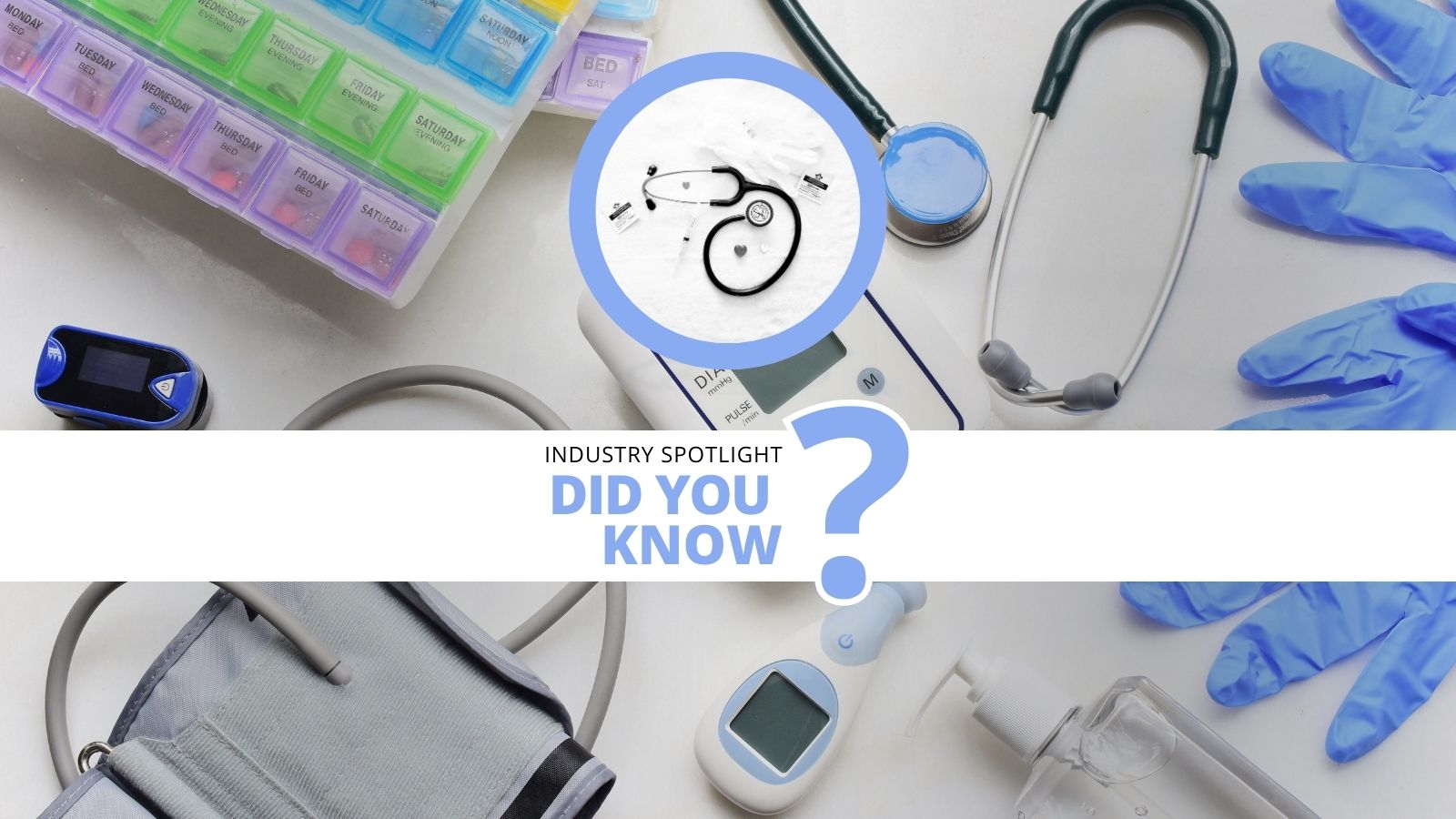Unlocking Insights: The Challenges and Future of Multi-Omics Data Integration

Multi-omics data integration and visualisation are pivotal in data-driven biomedical research, enabling a comprehensive understanding of complex biological systems. With the advent of high-throughput technologies, researchers can now generate vast amounts of data from multiple omics domains, including genomics, transcriptomics, proteomics, metabolomics, and more.
However, the true power lies in integrating these diverse data types to uncover valuable insights that individual omics datasets alone cannot provide. By integrating multi-omics data, researchers can explore the intricate relationships between various molecular layers, decipher the mechanisms underlying diseases, and identify potential therapeutic targets.
Effective visualisation techniques play a crucial role in this process, as they facilitate the interpretation of complex multi-omics data by transforming it into intuitive and informative visual representations. Such bioinformatics platforms enable researchers and clinicians to understand molecular interactions holistically, identify patterns, and make data-driven decisions for personalised medicine approaches.
At Oxford Global’s PharmaData 2022 event, key opinion leaders gathered for a panel discussion exploring challenges and opportunities in multi-omics data integration and visualisation. Fausto Artico (Global R&D Tech Head and Product Director of Innovation and Data Science, GSK) moderated the panel. He was joined by Hanati Tuoken (Principal Scientist at Boehringer Ingelheim) and Vasileios Stathias (Assistant Director, Data Science at the Sylvester Comprehensive Cancer Center).
Challenges in Integrating Data into a Holistic System
Since autonomic data integration relies on the combination of multiple types of data from a wide variety of sources, it is unsurprising that there are some prevalent challenges which researchers are looking to address.
One of the most significant issues with multi-omic data integration stems from the quality of the data used. Often, as datasets are taken from such a wide variety of sources, the quality will be highly variable, making integrating them very difficult. Good quality data is essential for several reasons: it ensures accurate and reliable results, promotes consistency and compatibility across different datasets, and enhances reproducibility and validation.
Data infrastructure poses another major issue, as researchers require an infrastructure that can support data from different sources. Artico noted that the structure used will “massively impact data retrieval and how easily the data can be browsed.” Companies can choose from a wide range of infrastructures, including integrated bioinformatics platforms, data integration pipelines, and cloud-based platforms.
- How AI Integration is Optimising Drug Development Pipelines
- CellQualia: The Robot Changing the Face of Stem Cell Therapies
- Robotic Surgery: Pioneering Precision in Medical Advancements
The choice of infrastructure depends mainly on the specific research goals and technical expertise, and often, bioinformatics platforms are combined to address different aspects of multi-omics integration, from data processing to downstream analysis and interpretation. Hybrid architectures have many benefits and tend to be more cost-effective, too. On-premises systems allow for greater flexibility and offer increased data accessibility and security, as organisations have direct control over their data, which is advantageous for sensitive data or compliance requirements.
However, there are significant upfront costs with on-premises infrastructures, and they also have limitations on scalability. In contrast, cloud services do not face such significant limitations. Moreover, they do not require on-site personnel to support servers. There are clear benefits to adopting a hybrid approach, but this may not be the case forever. As Stathias commented, "the architecture has to be constantly re-evaluated and moving to support the new trends and the adoption of new methods.”
Visualising Complex Data for Meaningful Insights
Visualising the data generated by multi-omics integration effectively is crucial, as this allows researchers to actually understand the workings of complex biological systems. With multi-omics integration, visual representations are key to understanding the outputs from the integration process. Effective visualisation facilitates data exploration by simplifying the information stored in the raw data.
There is a growing awareness that the visualisation techniques supported by bioinformatics platforms need to be able to communicate insights effectively to a diverse audience. In particular, there is an increasing need to establish visualisation techniques which will bridge the gap between bioinformaticians and clinicians. Stathias identified that more accessible, more intuitive interfaces would prove crucial to this process of improving the user experience depending on the requirements.
The Future of Multi-Omics Data Integration
As in every area of the Pharma world, Artificial Intelligence (AI) and Machine Learning (ML) will play a pivotal role in integrating multi-omics data by leveraging its capabilities in data analysis, pattern recognition, and predictive modelling. By developing algorithms and models that can handle diverse data types and integrate them effectively, AI/ML can enable comprehensive analysis and interpretation of multi-omics data.
Artico noted that using AI and ML to impute data and extrapolate it to create richer datasets is another fruitful use of these technologies. However, the reliability of this data compared to a human-curated dataset can pose some issues. There is undoubtedly more work to be done to better relate data from models to actual patient data. Moreover, researchers are keenly aware that any AI models that they use must be transparent and explainable in order to avoid the black box problem.
Tuoken pointed out that often researchers do not have a large amount of freedom when it comes to using AI and ML in this context at larger companies, as if there is a way to find an answer using a minimal data set, this is the route researchers will be pushed to pursue. As a result, Tuoken believes that the future of multi-omics integration will lie with researchers since they have more freedom in their work. As Tuoken put it: “If tech can be proven to work in academic fields, Pharma companies will then follow.”
Get your weekly dose of industry news and announcements here, and keep up to date with the latest ‘Industry Spotlight’ posts. For other PharmaTec content, please visit the PharmaTec Content Portal.
Want to find out more about the innovations happening in pharma data? Join Oxford Global’s annual Pharma Data & Digital Medicine event today. This 2-day conference brings together a panel of prominent leaders and scientists, sharing new case studies, innovative data, and exciting industry outlooks.





.png)

